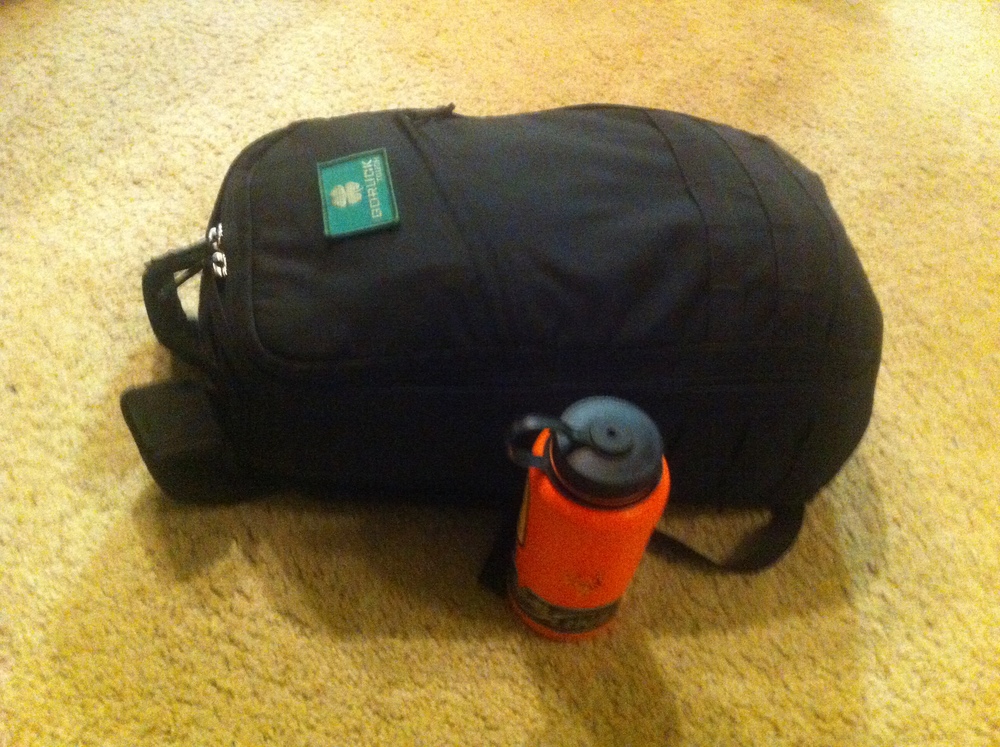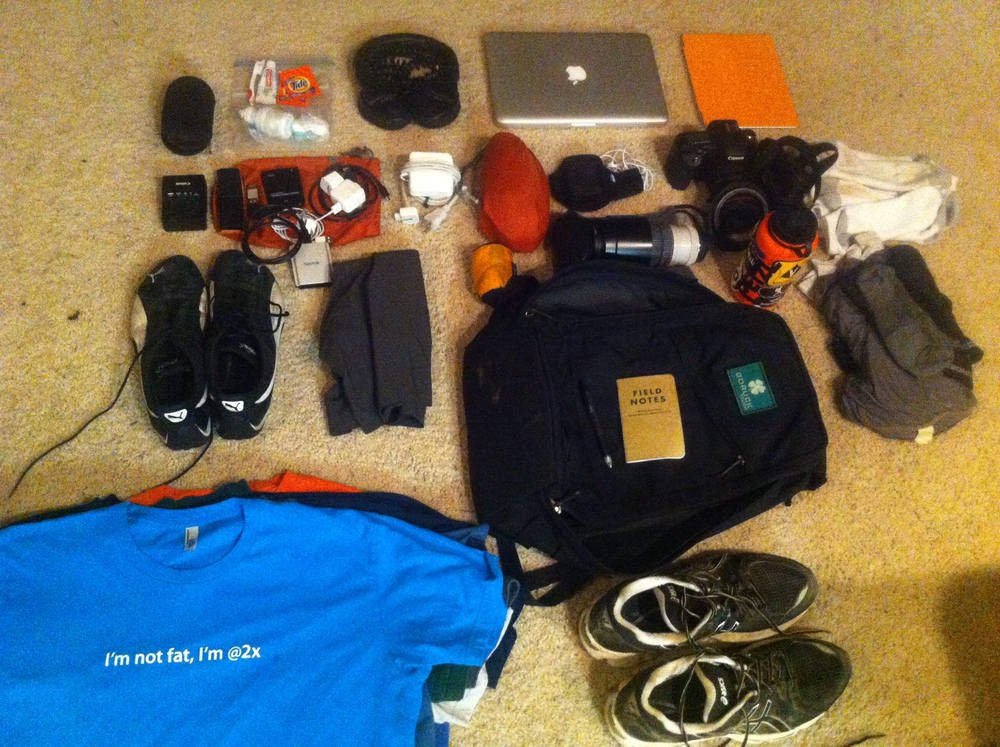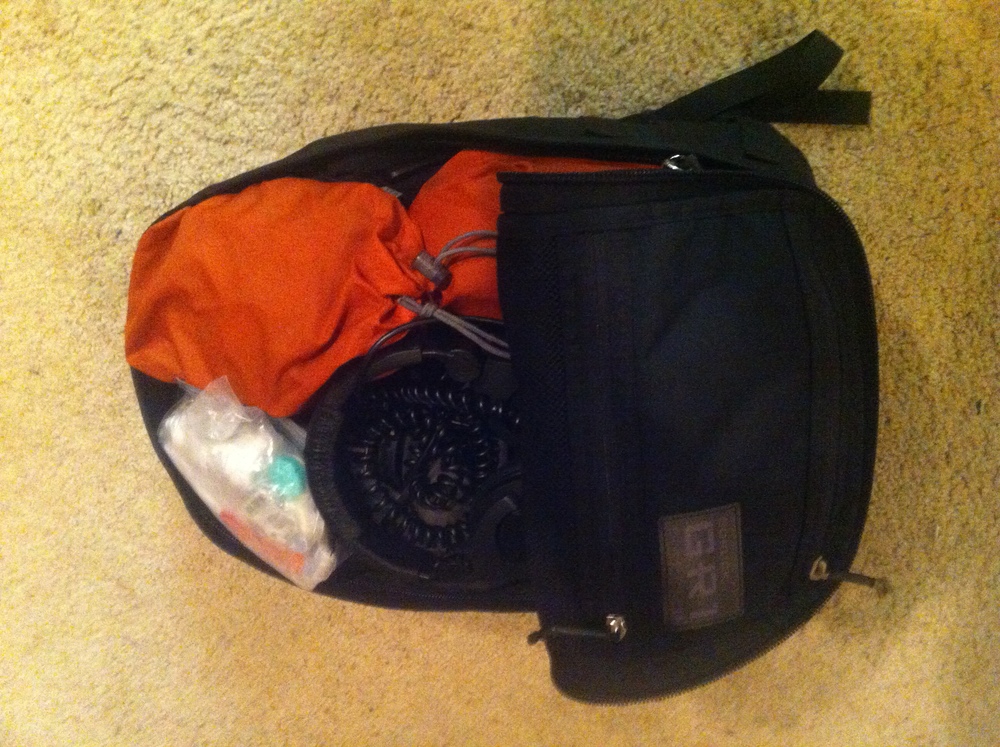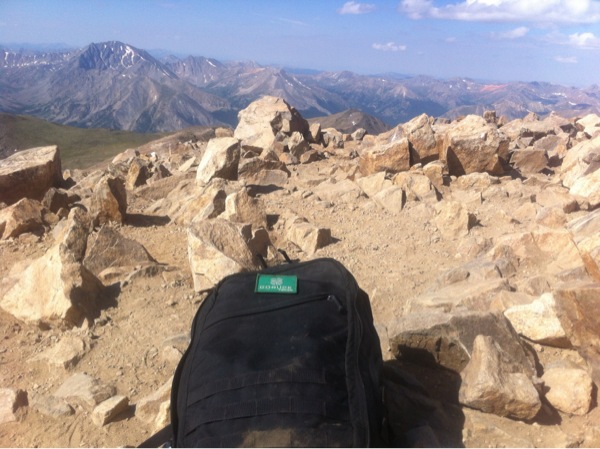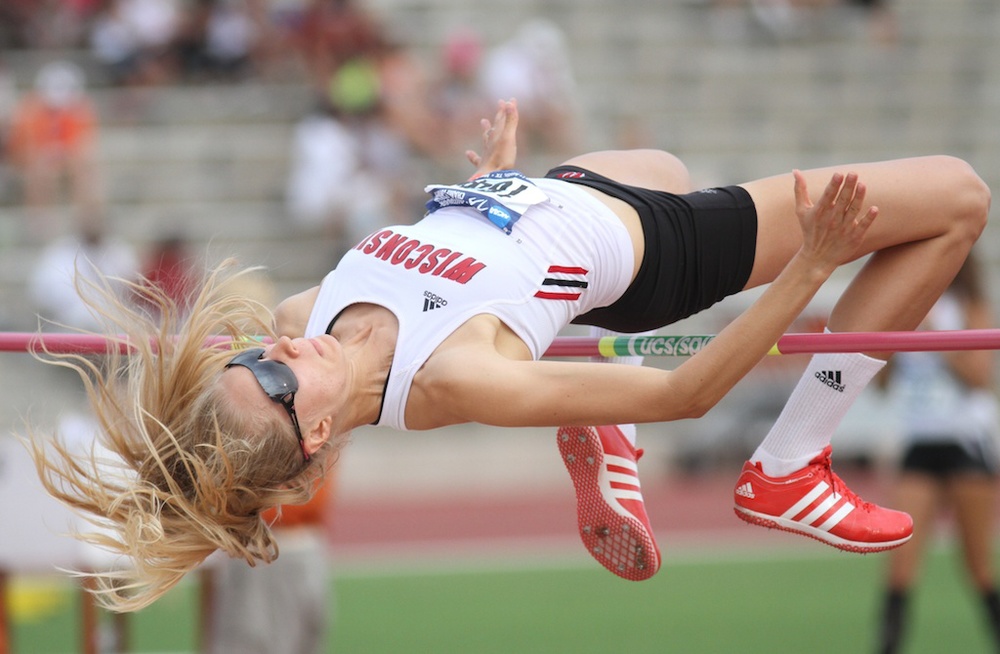A while ago I read this article http://mattgemmell.com/2012/08/05/managing-email-realistically/ by Matt Gemmell about email and I thought it provided a lot of good insights. After Sparrow was aqcuired by Google many other people who I respect started talking about email as well. I've also thought a lot about email, and how to manage it, so reading those articles prompted me to share some of my own thoughts on email.
I get a lot of email. I probably don't get as much as some people, but it's a good size load. I get between 50-100 emails per day from various teams and projects I work on, from friends and family members, and from various mailing lists at work. It would be easy to get overwhelmed by this load but there's one basic assumption that helps me use it to stay informed while enabling myself to remain productive.
Messages have a shelf life of 24 hours. I want all of the email I receive on a given day to be marked as read that same day. When I go to sleep I want for my inbox to read zero. The first thing some people will say upon reading that is "if you subscribe to that logic all you'll be doing is reading email!". I disagree. I think it's possible to keep your inbox empty without harming the rest of your work. In addition, I think that keeping your inbox lean enables you to better spot the messages that are actually important so that you can be prepared to respond to them.
Consider this. If you don't have time to respond to a message you received this morning today, why do you think you will have time to respond tomorrow? My premise, and the key to the above assumption, is that if a message isn't important enough to respond to today, then it's not important enough to respond to tomorrow. If its not important, then I don't want to waste time with it, and so it's marked as read and that's that. I don't archive my messages, I've never seen a reason to. I just mark them as read and move on.
Triage is certainly a good way to handle email. I see four categories of email message importance.
Junk. LinkedIn messages, Facebook, travel promos. All of these are completely and safely ignored.
Informative. These are messages that may not be directed at you, but that should at least be skimmed to see if they contain information relevant to you. This is probably 3/4 of the mail I get. These messages are typically easy to handle. I give myself about a minute to lance at them, mark them as read, and move on with what I was doing. These messages are still valuable for keeping abreast of situations you should be aware of.
Directed. These are the messages that are directed directly at you, where someone is generally asking you a question. These are easy to handle too: answer them immediately. Being polite is so important for building strong relationships with people, and promptly answering an email from someone you know or work with is just the polite thing to do. There are certainly cases where this isn't practical. For example, prominent bloggers and Internet celebrities get hundreds of personal emails a day from people they don't know. Sadly it's not practical for them to answer those, and that's fine. If they can't answer them in one day, they should still mark these messages as read and move on. Taking the time required to respond to those emails would obviate the reasons those people emailed them in the first place.
General. These are discussion messages, typically where the topic is interesting, but that maybe you don't have something to say immediately but would like to think about and contribute to later. These are harder to handle. Generally I leave these marked as read until I'm ready to reply. This may violate my 24hour rule sometimes, but I am ok with it in this circumstance.
That's my strategy for managing my email inbox. I don't feel like managing email is a hindrance to my work. My strategy fits perfectly fine within my work flow. As far as software, I use Apple Mail on my Mac, iPhone, and iPad. It suits my needs well.
I do have some final thoughts on replying to email. The assumption I make here is that too much communication is better than too little. If I think a message is worth replying to then I always try to reply to it. I'll happily let the recipient decide if my response is worth reading. I do try to make my replies clear and short to be respectful of other people's time, but I would always rather give someone information than leave them wishing for information that they don't have.
I also think its important to thank people. If someone sends me something I need or responds to one of my messages, I always try to thank them. Being polite is important, and being thankful is a great way to be polite. Thanks for reading :)
Thanks,
- Conrad
